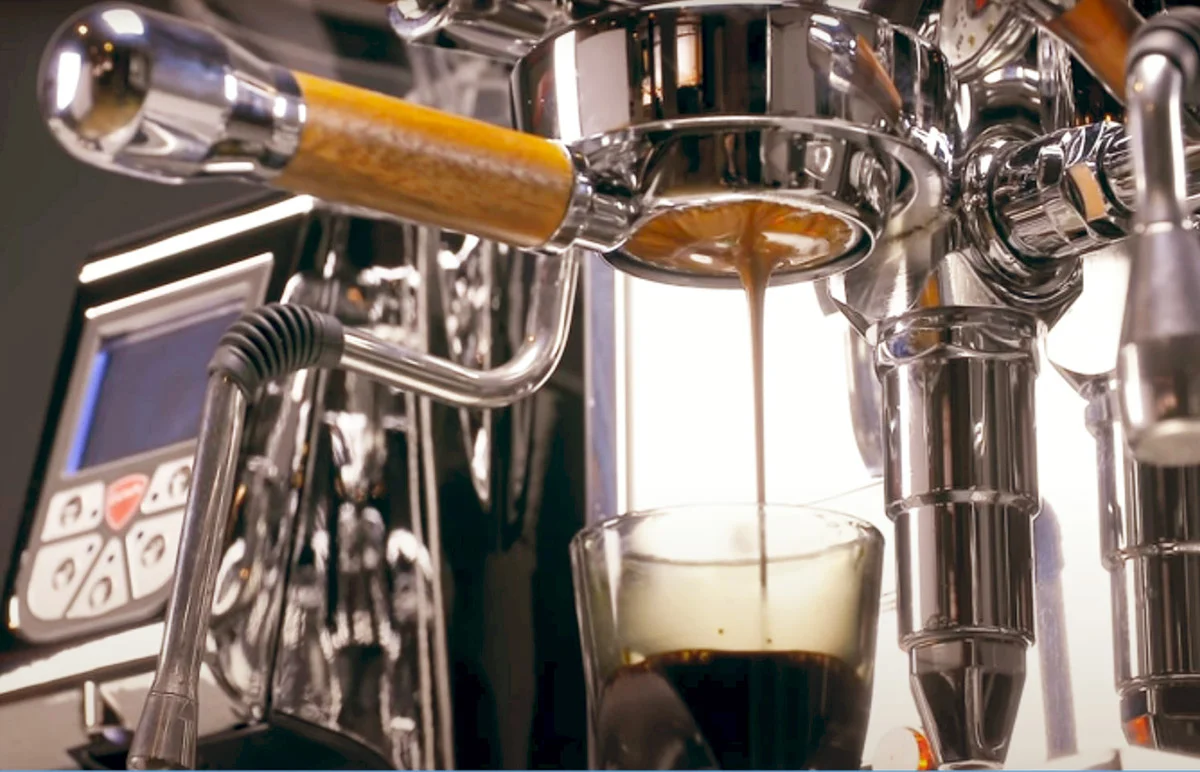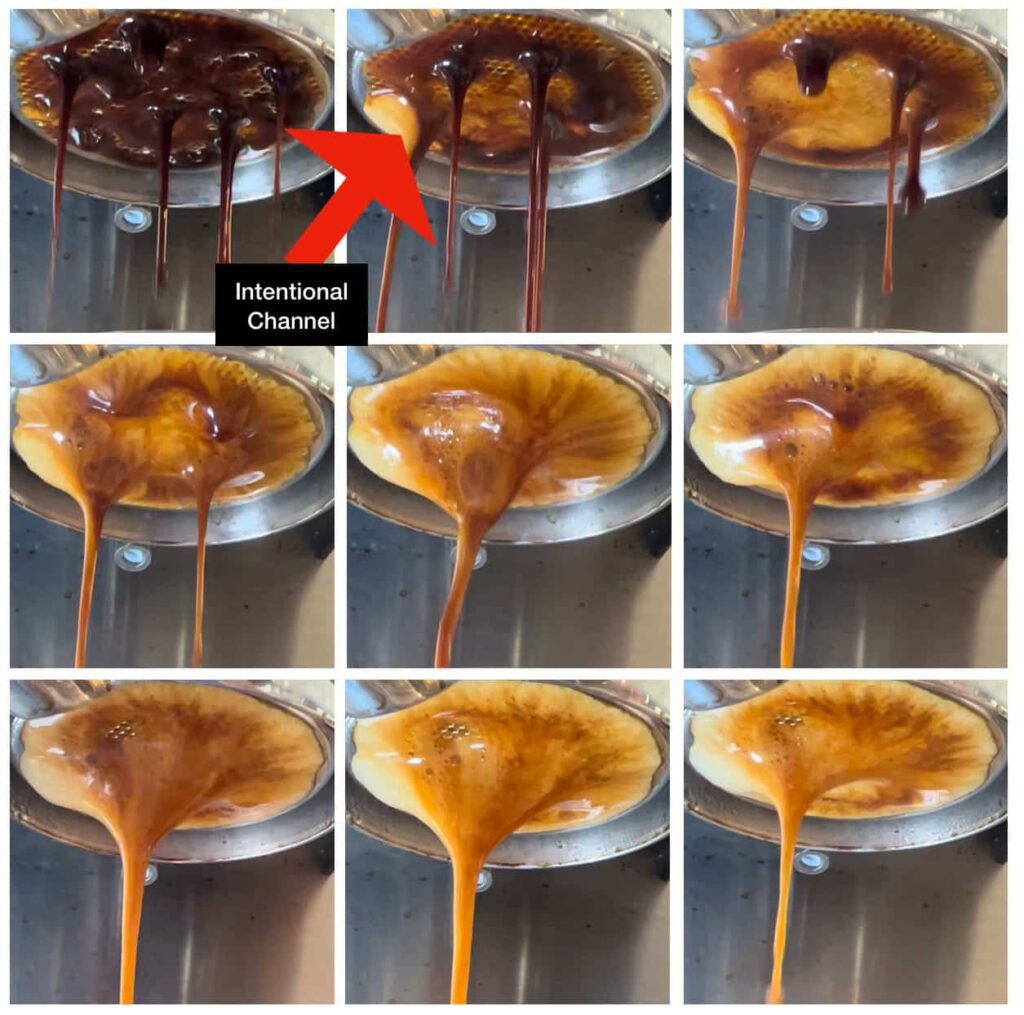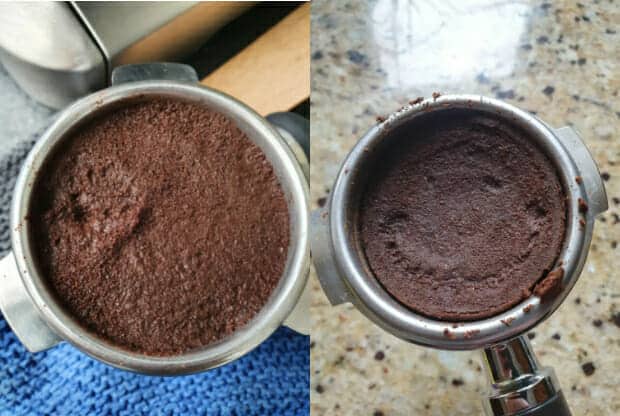Ah, the art of making espresso. From the rich aroma to the silky smooth taste, there’s something truly magical about that caffeine kick. Yet, every coffee connoisseur knows that mastering the perfect shot is no simple task. One challenge that baristas often face is channeling – those pesky little channels that form during the extraction process, resulting in an uneven and less flavorful brew. But fear not, for in this article, we’ll uncover the secrets behind what causes channeling when pulling espresso shots, and how you can avoid it to achieve coffee bliss in every cup. Let’s dive into the world of espresso and unravel the mysteries of channeling.
Factors Affecting Channeling
Channeling, the uneven flow of water through the coffee grounds during the espresso shot extraction, can have a significant impact on the quality of the final beverage. To understand how to prevent channeling, let’s explore the various factors that can contribute to its occurrence.
Grind Size
One of the primary factors affecting channeling is the grind size of the coffee beans. Grind size refers to the coarseness or fineness of the coffee particles. It plays a vital role in controlling the flow rate of water through the coffee puck.
Importance of Grind Size
Grind size is crucial in achieving an evenly extracted espresso shot. If the coffee is ground too fine, the water will struggle to pass through the tightly packed grounds, leading to over-extraction and resulting in bitter flavors. On the other hand, if the grind size is too coarse, the water will flow through too quickly, causing under-extraction and resulting in sour or weak flavors.
Under-extraction and Over-extraction
Under-extraction occurs when the water does not have enough contact time with the coffee grounds, resulting in an underdeveloped flavor profile. Over-extraction, on the other hand, takes place when the water is in contact with the coffee grounds for an extended period, leading to an excessive extraction of undesirable compounds and creating bitter flavors.
Effect on Channeling
When the grind size is inconsistent, it can lead to uneven extraction and subsequently, channeling. Inconsistent particle sizes can create pathways of least resistance, causing the water to preferentially flow through certain areas of the coffee puck, neglecting other regions. This results in an imbalanced extraction and a subpar espresso shot.
Tamping Pressure
Another critical factor that influences channeling is the tamping pressure applied to the coffee grounds in the portafilter.
Importance of Tamping
Tamping is the process of compacting the coffee grounds evenly in the portafilter before brewing. It ensures a consistent extraction by promoting an even flow of water through the coffee puck.
Inconsistent Tamping
Inconsistent tamping pressure can lead to uneven density distribution within the coffee puck. This disparity in density creates channels where water can flow more freely, causing the extraction to be uneven. It is essential to maintain a consistent tamping pressure to avoid channeling and achieve a balanced extraction.
Excessive Tamping
While consistent tamping is crucial, excessive tamping can also contribute to channeling. Applying excessive pressure can compress the coffee grounds excessively, creating areas of high density where water cannot penetrate effectively. This uneven distribution of density prompts the water to seek alternative routes, resulting in channeling and an imbalanced extraction.
Distribution of Coffee Grounds
The distribution of coffee grounds within the portafilter plays an equally significant role in channeling prevention.
Uneven Distribution
Uneven distribution of coffee grounds can lead to channeling during the extraction process. If the grounds are not evenly distributed in the portafilter, some areas will be more densely packed than others. This uneven density provides pathways for water to flow more easily, resulting in a skewed extraction.
Clumping of Grounds
Clumping of coffee grounds is another issue that can contribute to channeling. When coffee grounds clump together, they create channels for water to pass through more freely. This can result in uneven extraction and a less flavorful espresso shot.
Effect on Channeling
Both uneven distribution and clumping of coffee grounds can create channels of least resistance, leading to channeling. It is crucial to ensure that the coffee grounds are uniformly spread across the portafilter to achieve an even extraction and prevent channeling.
Machine Setup
The setup and maintenance of the espresso machine itself can have a significant impact on channeling prevention.
Volume and Pressure
The volume and pressure used during the extraction process can affect the potential for channeling. Using excessively high volume or pressure can cause the water to flow too quickly through the coffee puck, leading to under-extraction and channeling. It is essential to adjust the machine settings to ensure a controlled and balanced extraction.
Temperature Control
Maintaining the correct temperature is crucial to prevent channeling. If the water temperature is too high, it can over-extract the coffee, leading to a bitter taste and potential channeling. Conversely, if the water temperature is too low, the extraction will be underdeveloped, resulting in a sour or weak flavor.
Grouphead Cleaning
Proper maintenance of the espresso machine’s grouphead is essential in preventing channeling. Over time, coffee residues can accumulate and create inconsistencies in the flow of water, leading to channeling. Regular cleaning and descaling of the grouphead ensure a clean and unobstructed path for water, promoting a more even extraction.
Effect of Channeling on Espresso Shots
Understanding the effects of channeling on espresso shots can highlight the importance of preventing it.
Inconsistent Extraction
Channeling can result in an inconsistent extraction of flavors from the coffee grounds. Some areas will be over-extracted, leading to bitter flavors, while other regions will be under-extracted, resulting in sour or weak flavors. This inconsistency can ruin the overall balance and taste of the espresso shot.
Bitter or Sour Taste
When channeling occurs, it can lead to imbalanced extraction, causing the espresso shot to taste either bitter or sour. These undesirable flavors can detract from the intended flavor profile of the coffee and diminish the overall quality of the beverage.
Wasted Coffee
Another consequence of channeling is wasted coffee. When the water flows unevenly through the coffee puck, certain areas are neglected, resulting in an incomplete extraction. This means that some coffee grounds do not contribute to the final beverage, leading to a loss of flavor and wasted potential.
Preventing Channeling
Now that we understand the factors affecting channeling and its impact on espresso shots, it is crucial to explore preventive measures.
Consistent Grind Size
To prevent channeling, it is essential to maintain a consistent grind size. Using a high-quality burr grinder and regularly calibrating it can help achieve uniform particle sizes, promoting an even extraction and reducing the likelihood of channeling.
Proper Tamping Technique
Mastering proper tamping technique is crucial in preventing channeling. Applying consistent pressure and ensuring an even distribution of density within the coffee puck will help promote a balanced extraction and reduce the risk of channeling.
Uniform Distribution of Coffee Grounds
Ensuring an even distribution of coffee grounds in the portafilter is vital in preventing channeling. Techniques such as WDT (Weiss Distribution Technique) and leveling the coffee bed can help achieve a consistent density across the puck, mitigating the risk of channeling.
Routine Machine Maintenance
Regular maintenance of the espresso machine, including grouphead cleaning, backflushing, and descaling, is essential for preventing channeling. Keeping the machine in optimal condition ensures a clean and unobstructed flow of water, promoting an even extraction and minimizing the occurrence of channeling.
By understanding and addressing the factors affecting channeling, coffee enthusiasts can take proactive measures to improve their espresso shot quality. With consistent grind size, proper tamping technique, uniform distribution of coffee grounds, and routine machine maintenance, channeling can be successfully prevented, resulting in a more balanced and flavorful cup of espresso.










































